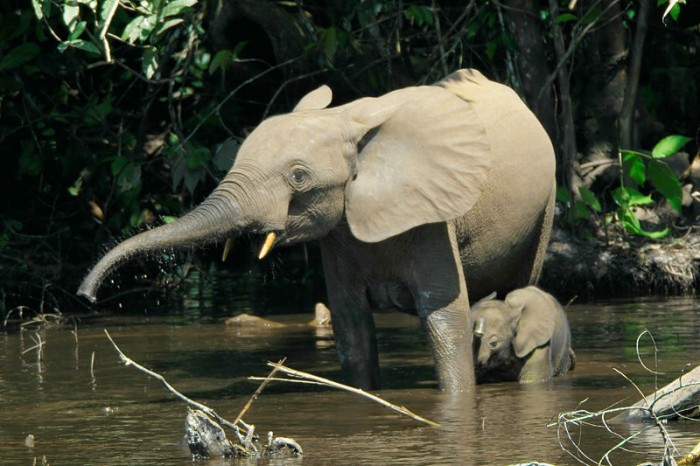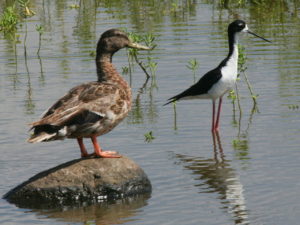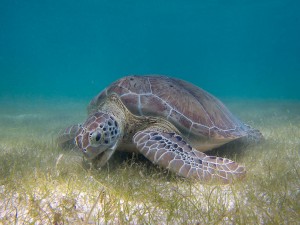Wildlife Trade Protections Take Too Long
Hundreds of threatened species could be at risk of extinction because the time it takes for them to get protection from CITES against the illegal wildlife trade is too slow, and does not keep up to date with scientific knowledge.
 Image: By Thomas Breuer [CC-BY-2.5 (http://creativecommons.org/licenses/by/2.5)], via Wikimedia Commons
Image: By Thomas Breuer [CC-BY-2.5 (http://creativecommons.org/licenses/by/2.5)], via Wikimedia Commons
With so many species being under threat from the illegal wildlife trade – animals such as elephants and pangolins, and plants such as mahogany trees and orchids – it is essential that threatened species gain the protection they need. However, a new study in Science has discovered that hundreds of animal species could be at risk of extinction because of a policy process that responds too slowly to scientific knowledge.
International wildlife authorities will gather in May to vote on wildlife trade restrictions at the Convention on International Trade in Endangered Species of Wild Fauna and Flora (CITES) Conference of the Parties. The study suggests the concrete steps policymakers can take to speed up a wildlife protection process that can take more than two decades.
Eyal Frank, a co-author of the study and an assistant professor at the University of Chicago’s Harris School of Public Policy, says: “New trends in wildlife trade can develop quickly, with some species going from common to near extinction in just a few years. A policymaking process needs to respond quickly to new information in order to prevent extinction for hundreds of animals and plants. That’s why it’s absolutely critical that policymakers allow science to inform a speedy protection process.”
Frank and his co-author, David Wilcove from Princeton University, analysed 958 species on the International Union for the Conservation of Nature’s (IUCN) Red List that are endangered by international trade. Of those, they discovered that 28% are not protected by CITES, the primary international framework for preventing species extinction due to international wildlife trade.
When studying how quickly species from the Red List became protected under CITES, they found that 62% needed to wait as long as 19 years for protection under CITES or are still waiting to be listed up to 24 years after being first considered. Sadly, these patterns are the same for even the most threatened species.
At the same time however, the study points out that 36% of species studied were protected by CITES before making it on the Red List. This could be because the CITES authorities had information not available to the IUCN, or it could be due to staffing and other resource constraints at the IUCN.
“CITES and the Red List are two of the most important tools we have to save wildlife threatened by international trade. It’s vital that these two institutions work together closely and quickly to stop the killing,” said Wilcove.
The authors recommend that any nation that is part of CITES advocate that Red List species threatened by international trade be quickly protected under the treaty in order to clear the backlog, with the goal being that any threatened species on the Red List that is threatened by trade receive a prompt vote for immediate protection under CITES. Independently from CITES, all countries can use the Red List as a source of information and take measures to protect threatened species found within their borders.





Sorry, comments are closed on this post